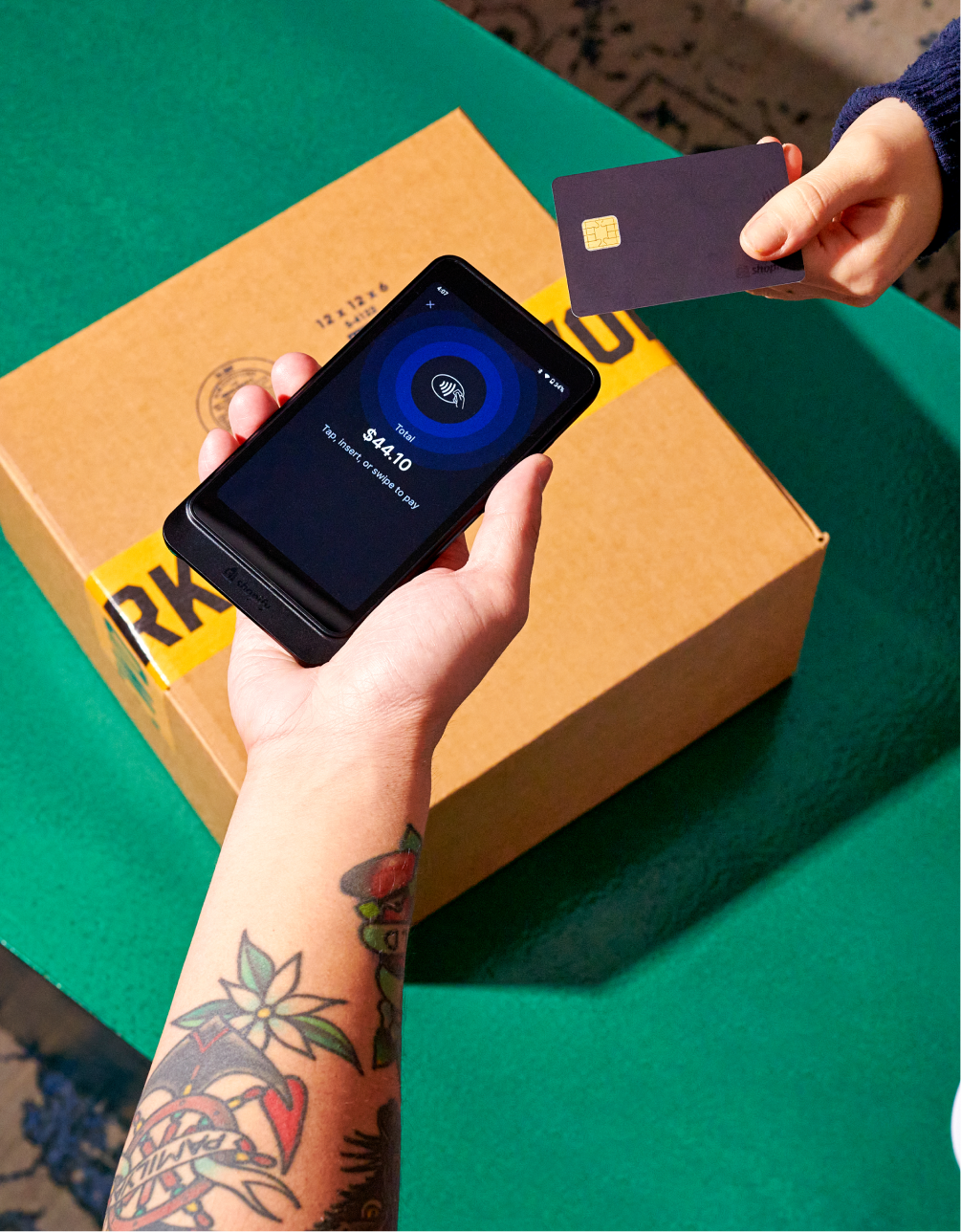

Find out how to ship vinyl records using the right packaging materials and shipping carriers to prevent scratches and warps during transit.
Feb 22, 2024
Vinyl album sales in the United States hit 43 million in 2022. That’s more than eight times the annual sales of less than five million that persisted between 1995 and 2010. Record collectors often turn to online stores to discover vinyl albums—and they’re buying everything from Taylor Swift’s latest to Tracy Chapman’s debut. Those who sell records online must protect these delicate discs so they arrive safely to buyers, which is easier said than done. The journey is fraught with risks that could turn a pristine record into an unplayable piece of plastic.
Here’s how to ship vinyl records—from shipping boxes to packaging practices—to ensure that when the needle drops, it’s music to your customer’s ears.
To minimize movement and scratching, remove the vinyl record from its sleeve and wrap it in a plastic sheet. Next, wrap the record and its cover separately in bubble wrap and/or foam sheets, securing the ends with tape to keep the wrap from unfolding.
This extra padding acts as a cushion to absorb shocks and vibrations during transit, which could damage the grooves of the vinyl, which are essential for its ability to reproduce sound.
There are two options for shipping records:
Place the bubble-wrapped record inside the mailer or box, ensuring it’s snug but not too tight to avoid putting pressure on the record. Fill any excess space in the mailer with additional bubble wrap or foam inserts to prevent the record from shifting during transit. This additional padding is particularly important at the corners, which are most susceptible to impact.
Seal the box or mailer with strong packingtape, reinforcing the edges, where stress is most likely. Clearly label the package with the recipient’s address and a return address. Then, add bold lettering or stickers to mark the box with “FRAGILE” and “DO NOT BEND.” This alerts handlers that the contents are delicate, and can encourage more careful handling.
The choice of carrier can affect the safety, cost, and shipping speeds. Not all carriers offer the same services or rates, especially when dealing with specialized items like records. Here are factors to consider when choosing a shipping service, including for sending multiple vinyl records:
When considering how to ship a vinyl record, pricing is critical, particularly because the weight of a vinyl record and padding can increase the cost. If you’re shipping multiple records or an entire record collection, costs can add up quickly.
Compare shipping services to find the most cost-effective method without compromising on safety. Look for carriers that offer flat-rate options or discounts for bulk shipments, which can both be economical when you ship vinyl.
Consider shipping insurance when shipping precious cargo like vinyl records to safeguard your goods during transit. The more records you ship, the higher the potential risk.
Many carriers offer insurance for an additional cost. Evaluate the value of your records against the insurance options available—particularly for rare or first pressings, where the replacement cost could be significantly higher than the average record.
Tracking services offer peace of mind by allowing you to monitor your shipment’s progress. Reliable tracking ensures you and your customers can oversee the journey of your records, whether you’re sending a single vinyl record or multiple records. Most carriers now provide tracking as a standard feature.
For international deliveries, consider delivery speed, customs handling, and your carrier’s geographic reach. When shipping vinyl records overseas, the weight of the vinyl record can significantly impact pricing, and carriers may have different limitations or services for shipments containing multiple records. Choose a service with a robust global network and international shipping options.
Here are popular carriers for shipping vinyl records:
USPS Media Mail specializes in shipping educational and media items, making it an economical choice for vinyl records. With shipping between two to eight business days, this service is slower than others by USPS and may not be the best choice if you prioritize expedience. Packages sent through Media Mail can weigh up to 70 pounds.
Priority Mail by USPS is meant for more urgent shipments, providing quicker delivery times for your vinyl records. With shipping between one to three business days, this service ensures rapid delivery while maintaining the utmost security for your items. Priority Mail packages can weigh up to 70 pounds, suiting those looking to ship more substantial record collections.
FedEx offers reliable and fast delivery services, ideal for time-sensitive shipments or high-value vinyl records. It offers a range of shipping options, including Ground, Home Delivery, Express, International, Same-Day, and Flat-Rate shipping, catering to various needs and budgets. FedEx's tracking system and additional service options make it a good choice for businesses looking for more than just basic shipping.
UPS is a good choice for shipping vinyl records if you need reliable service with strong tracking and international shipping options. It provides various shipping speeds, from standard to express deliveries, and is known for its reliabletransit times. UPS also offers a range of value-added services, like Proof of Delivery (P.O.D.), which you can share with customers to help them keep track of their shipments.
The cost of shipping records varies, but usually ranges from $5 to $20 domestically, depending on the shipping service and speed. International rates will vary.
Your vinyl records can get damaged during shipping if not properly packaged, which can affect their playability, aesthetic value, and overall collectibility. It’s important to package your vinyl so they arrive in pristine condition.
A single 12-inch vinyl record with its sleeve typically weighs around 230 grams to 360 grams. Don’t forget that you need to ship all the packaging inserts that come with a record as well.
Yes. You can ship records with USPS Media Mail, as they qualify as sound recordings, which include tapes, albums, CDs, and DVDs.
A sturdy vinyl mailer box of approximately 13 inches x 13 inches x 1 inch is a good option to ship a single 12-inch vinyl record.